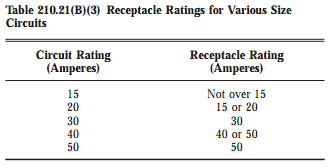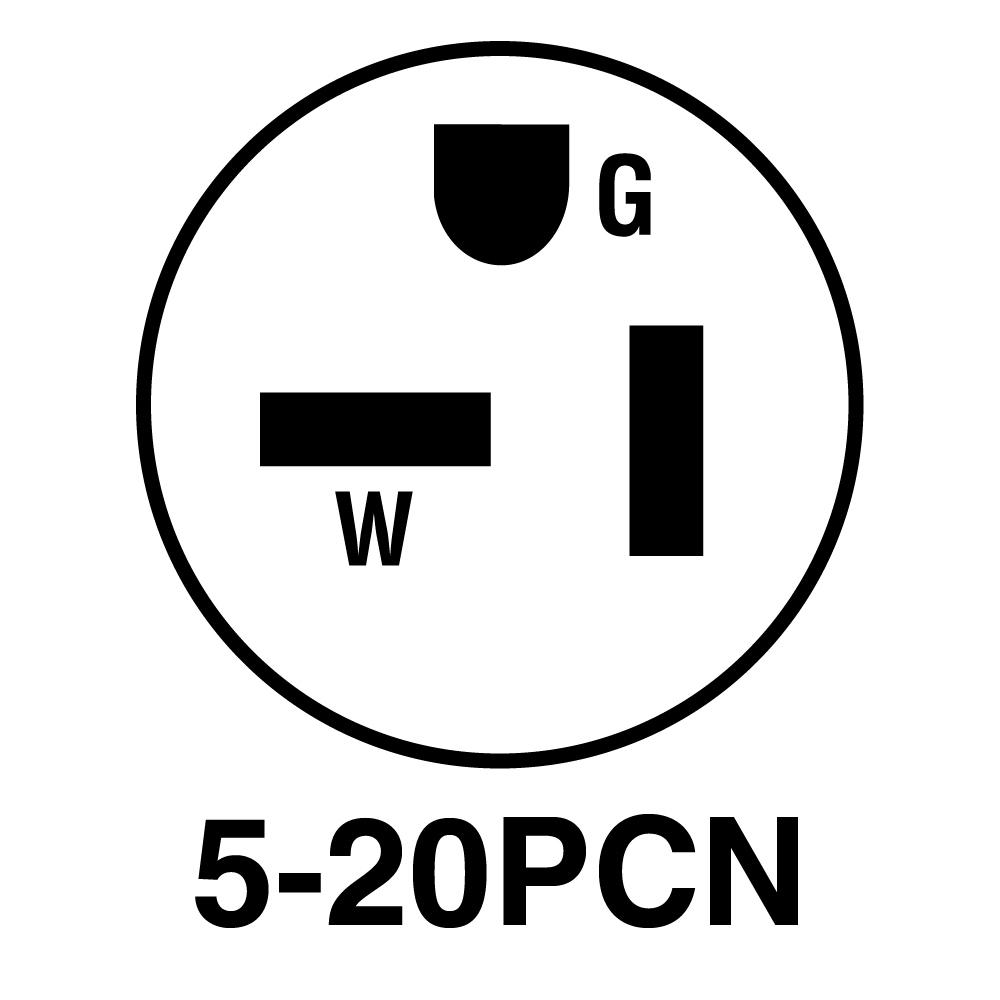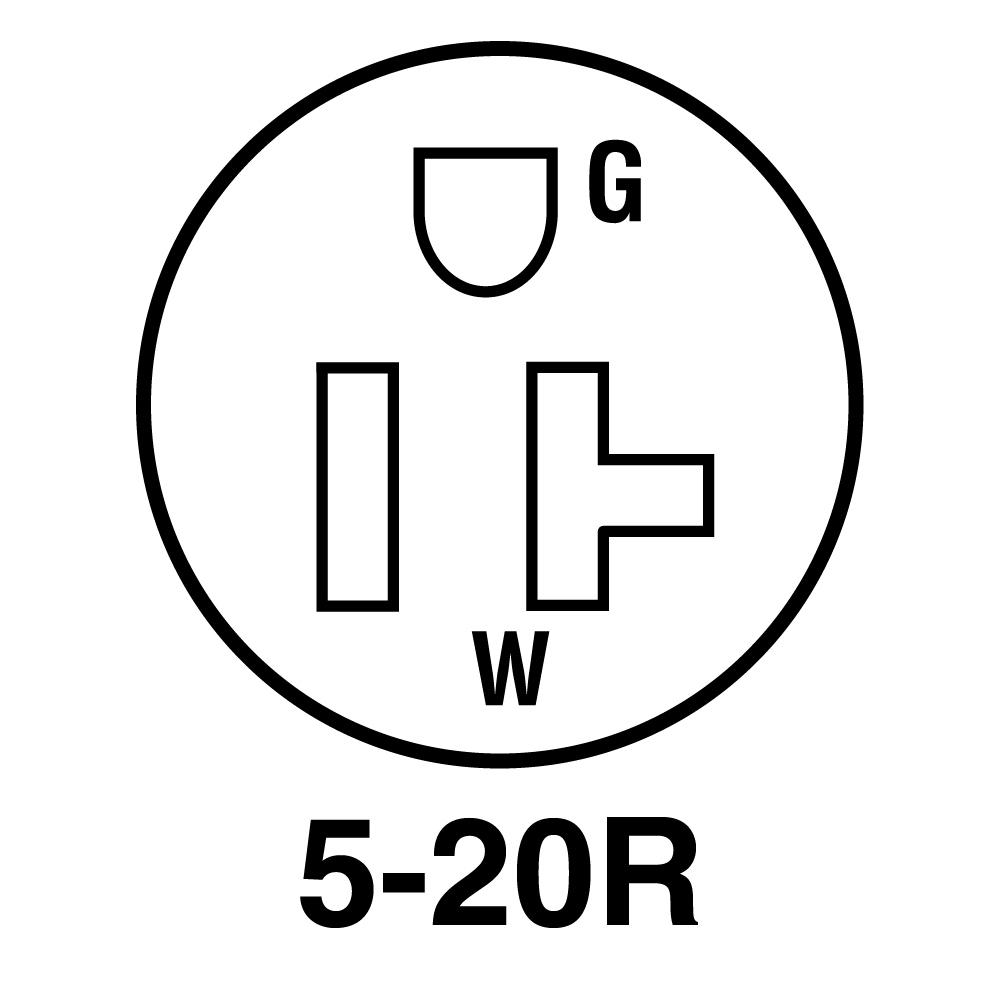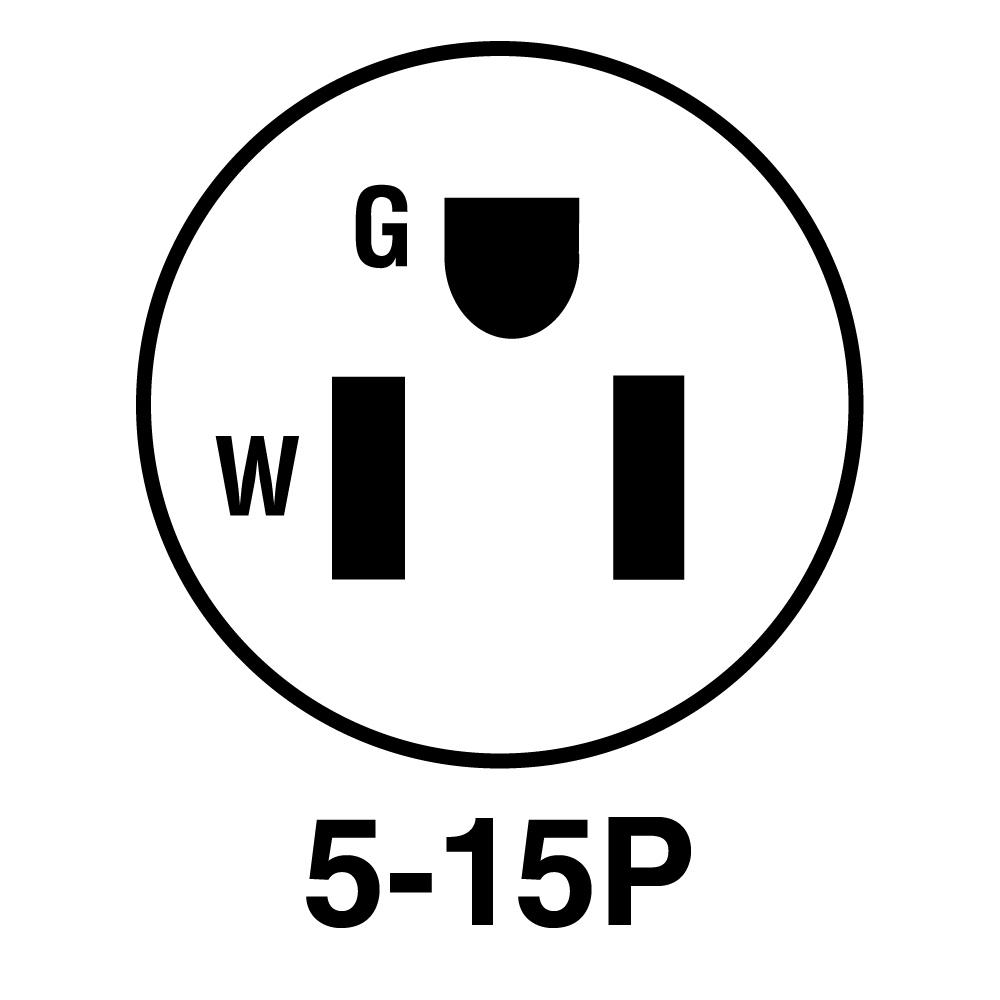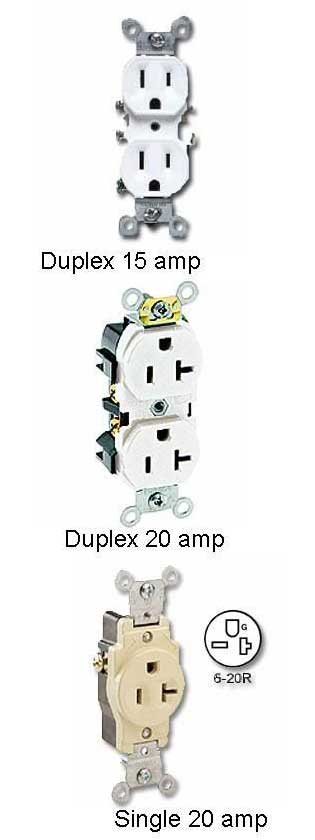DIYorBust
Active Member
15 amp outlets are a little cheaper than 20 amp outlets, and I see them used much more commonly. I understand that a 15 amp outlets will pass 20 amps and can be used with 20A wiring. The question I have is can the receptacle itself pass 20amps?
Here's an example:
I plug in an extension cord that has a 15 amp plug style, and 3 outlets. Here is an link to such a cord:
https://www.amazon.com/GE-Designer-Extension-Protection-38433/dp/B073R2D51S
Suppose I plug two 10 Amp appliances into the extension cord. They run continuously, but do not trip the 20A circuit breaker. Will the 15 Amp receptacle be damaged by this, or is it ok? My intuition is the 15amp receptacles can handle 20A or they would not be permitted on a 20A breaker for this reason, but I can't find a clear answer on this. Anyone know?
Thanks!
DIY
Here's an example:
I plug in an extension cord that has a 15 amp plug style, and 3 outlets. Here is an link to such a cord:
https://www.amazon.com/GE-Designer-Extension-Protection-38433/dp/B073R2D51S
Suppose I plug two 10 Amp appliances into the extension cord. They run continuously, but do not trip the 20A circuit breaker. Will the 15 Amp receptacle be damaged by this, or is it ok? My intuition is the 15amp receptacles can handle 20A or they would not be permitted on a 20A breaker for this reason, but I can't find a clear answer on this. Anyone know?
Thanks!
DIY

